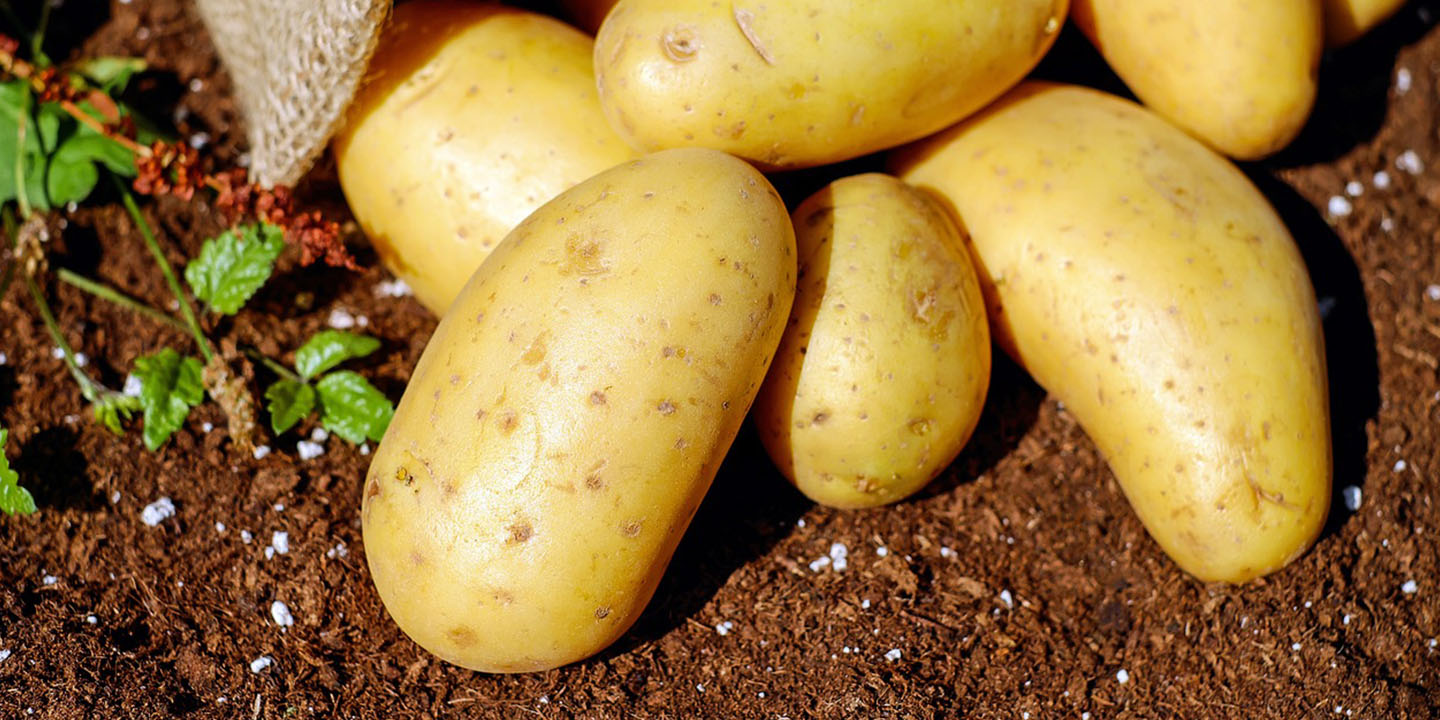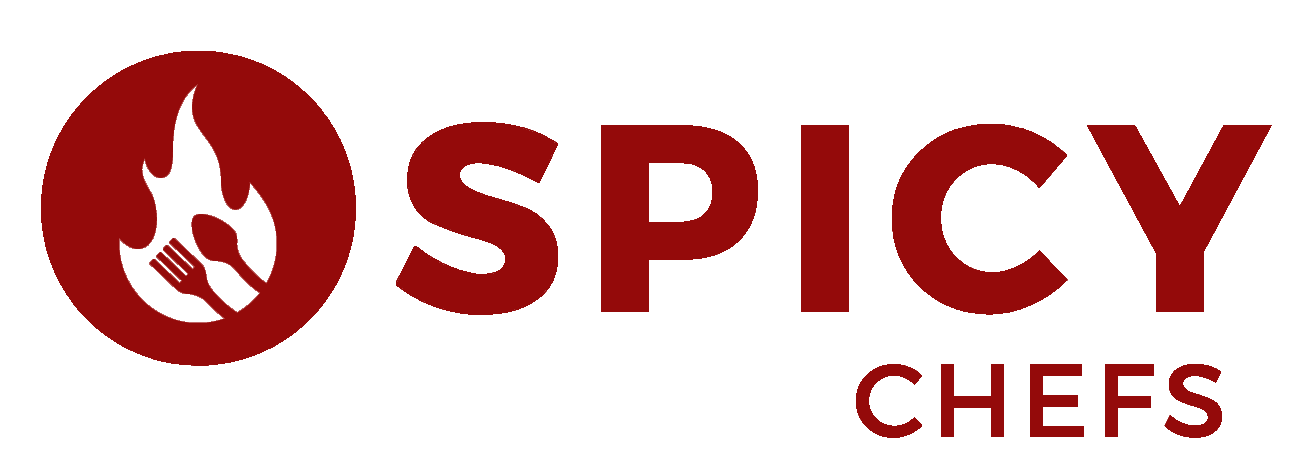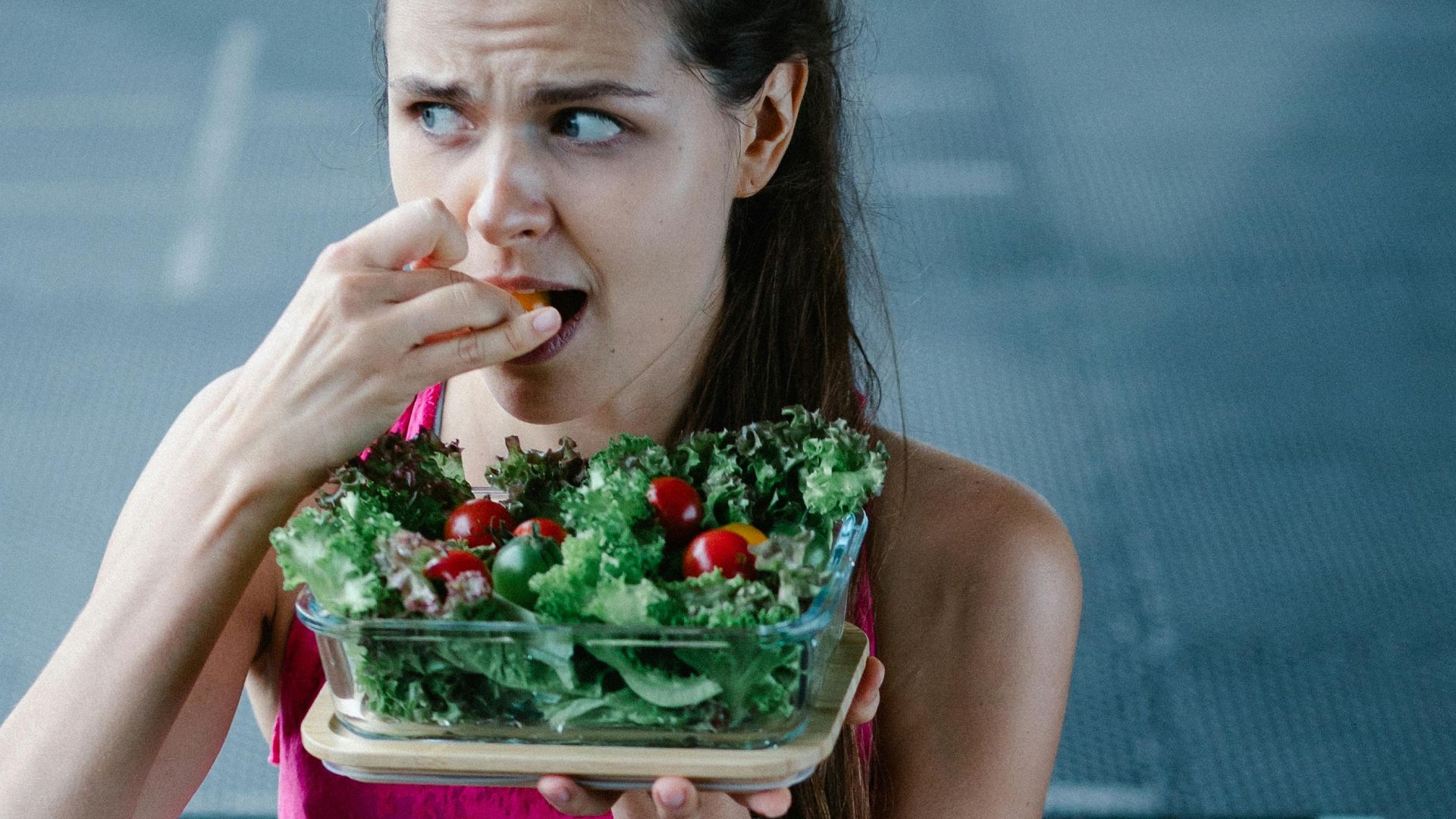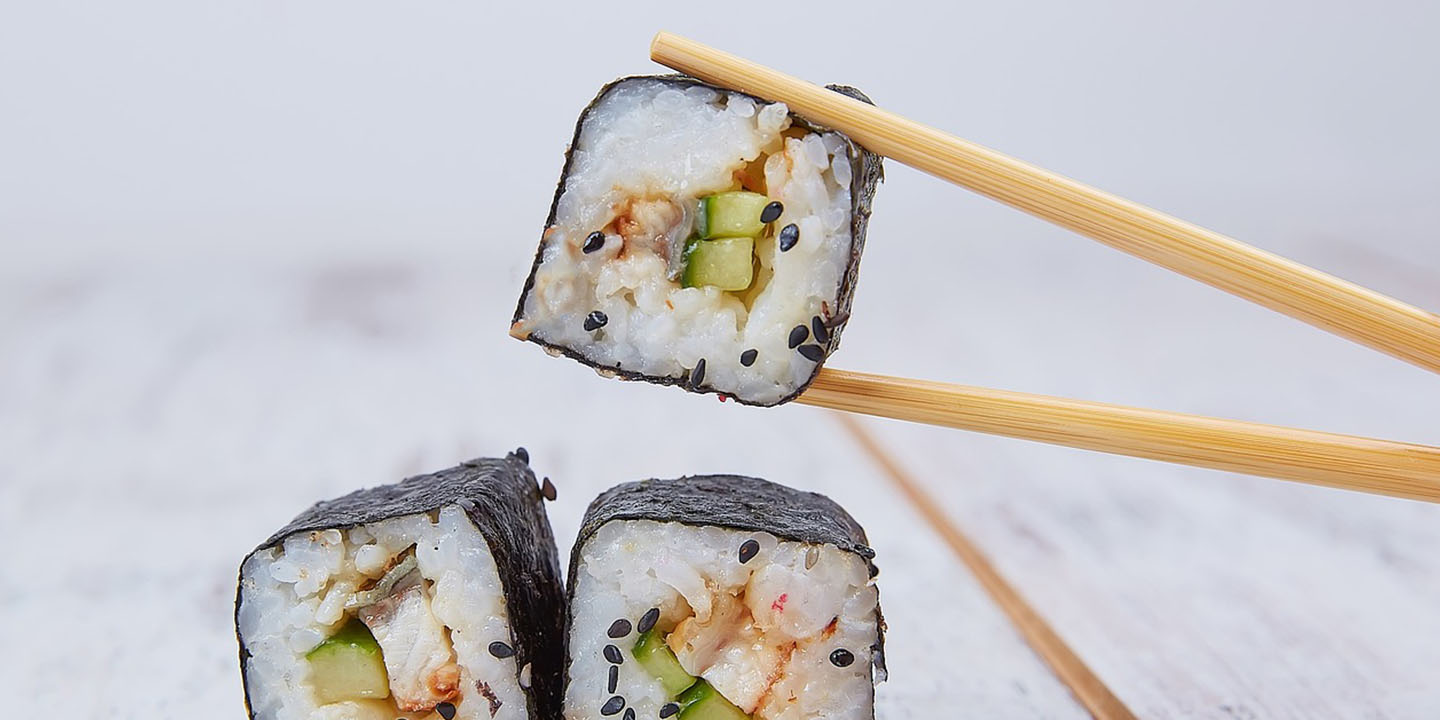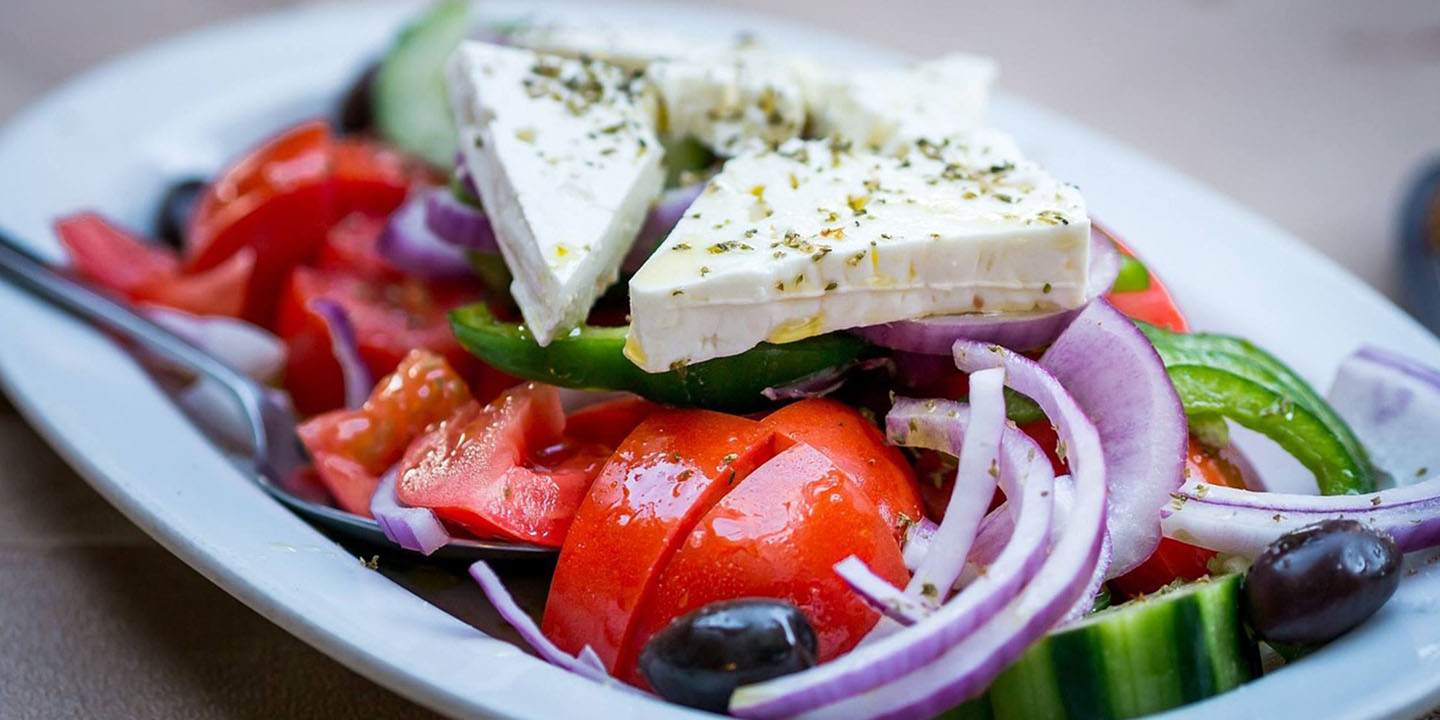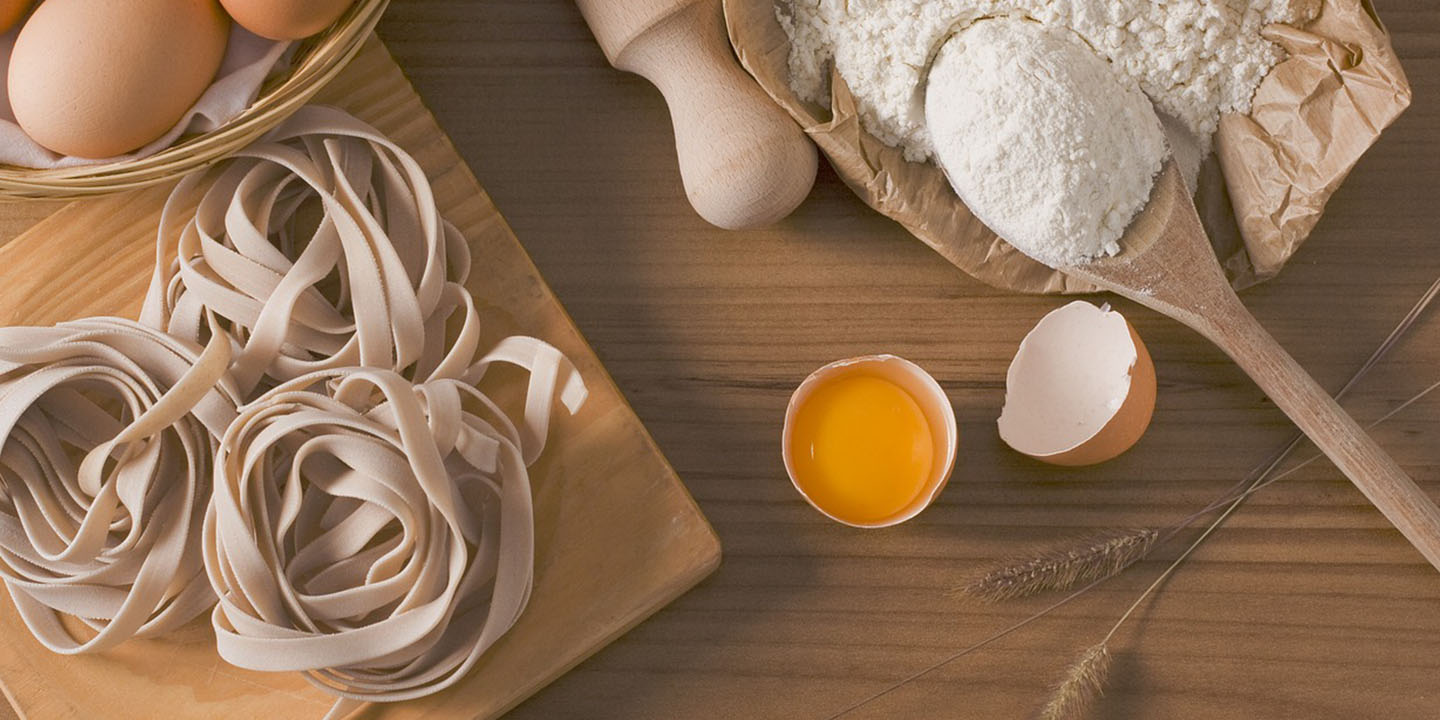10 Foods High In Heavy Metals & 10 Healthier Alternatives To Eat Instead
The Heavy Metal Menu
Most food labels won’t tell you, but some everyday favorites can often carry trace amounts of lead, mercury, or even arsenic. These contaminants often go unnoticed—no change in taste, no warning signs—but over time, they can be extremely detrimental to your health. That’s why making a few informed trade-offs can go a long way. Let’s begin by taking a closer look at the foods that may be worth rethinking.
1. Canned Tuna
Frequent lunchbox staple or quick dinner fix, canned tuna has long been considered a lean protein hero. But this convenience comes at a cost: elevated mercury levels, especially in albacore varieties. Mercury accumulates as tuna climb the ocean food chain. Long-term consumption may affect brain function.
2. Swordfish
Some of the largest predatory fish serve as mercury reservoirs. The older and bigger the fish, the higher the amount of mercury it’s likely to carry. Despite its firm texture and flavor, swordfish consumption is discouraged by the FDA for sensitive groups due to mercury levels that often exceed safety thresholds.
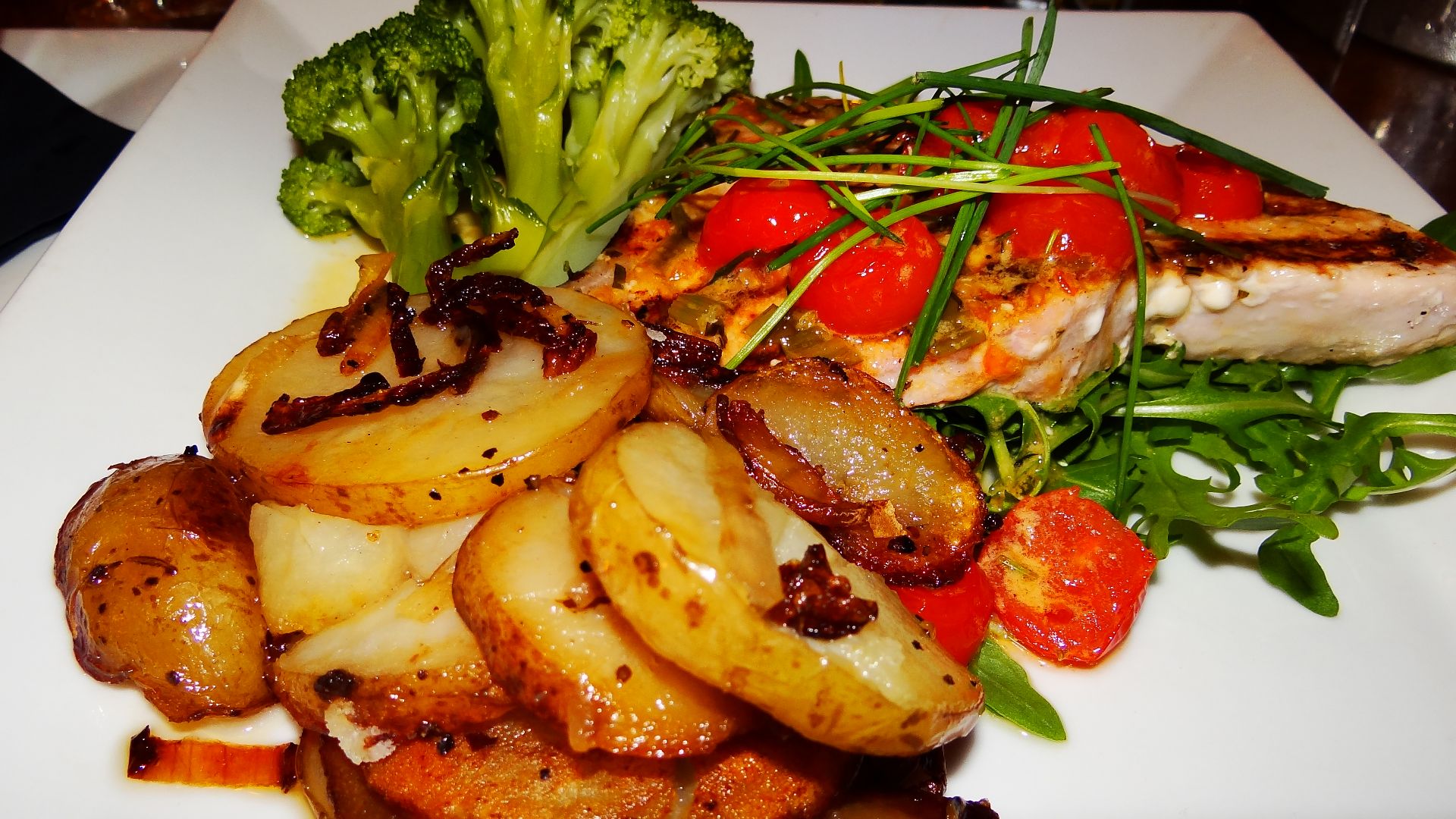 Ben Sutherland from Crystal Palace, London, UK on Wikimedia
Ben Sutherland from Crystal Palace, London, UK on Wikimedia
3. Imported Rice
The concern isn’t the rice itself but the soil it grows in. Imported rice can absorb inorganic arsenic from contaminated fields and irrigation water. Arsenic is a known carcinogen. Children eating rice-based snacks regularly are particularly vulnerable to this slow but serious exposure.
4. Imported Leafy Greens
Inspections have flagged imported leafy greens for containing lead and cadmium, two heavy metals that build up in body tissues over time. Inconsistent agricultural standards and contaminated water sources are often traced back to the issue. These greens may look fresh, but they carry long-term health consequences.
5. Baby Food Pouches
What’s marketed as a nutritious shortcut for busy parents has faced multiple investigations. Independent lab tests have uncovered lead, arsenic, and cadmium in numerous popular baby food pouches, particularly those with root vegetables or rice. Infants are especially at risk from even trace amounts.
 The Truth About Baby Food Pouches: What Can You Feed Your Kids? | This Morning by This Morning
The Truth About Baby Food Pouches: What Can You Feed Your Kids? | This Morning by This Morning
6. Spinach From China
Spinach from certain regions of China, particularly near industrial zones, may contain cadmium and lead due to soil and water contamination. This can be attributed to industrial pollution and soil contamination near farming areas. Even washing thoroughly doesn’t eliminate metal uptake that occurs during the plant’s growth cycle.
 Leslie Seaton from Seattle, WA, USA on Wikimedia
Leslie Seaton from Seattle, WA, USA on Wikimedia
7. Protein Powders
Marketed to athletes and dieters, protein powders often slip past rigorous food safety standards. Consumer Reports found that many plant-based and whey-based powders contained lead and cadmium. These toxins can be introduced during processing or through contaminated raw materials like pea protein or cocoa powder.
 Ajay Suresh from New York, NY, USA on Wikimedia
Ajay Suresh from New York, NY, USA on Wikimedia
8. Dark Chocolate
Despite its antioxidant reputation, dark chocolate has a darker side. The cacao plant naturally draws heavy metals like cadmium and lead from the soil. A 2022 Consumer Reports analysis revealed that many popular dark chocolate bars exceeded California’s maximum allowable dose for these metals.
9. Store-Bought Mushrooms
Mushrooms are bioaccumulators as they absorb whatever’s in their environment. Certain store-bought varieties grown in contaminated soil or near polluted industrial zones can retain cadmium and mercury. Because mushrooms often go unpeeled, there’s little barrier between the consumer and whatever’s lurking in the substrate they grew in.
10. Shellfish
Bottom-dwelling shellfish like clams filter large volumes of seawater, accumulating whatever’s present, including mercury and other metals from industrial runoff. Coastal pollution hotspots, like parts of the Gulf of Mexico, have made certain shellfish some of the more contaminated seafood options.
Not every food choice has to come with a risk label. While some ingredients weigh heavily, others offer clean nutrition without the baggage. Here’s what belongs on the plate instead.
1. Wild-Caught Salmon
Wild-caught salmon sit lower on the food chain and carry far less mercury. These swimmers thrive in fast-moving waters where regulation is strict. High in omega-3s and protein, they provide heart benefits without the chemical residue found in many other seafood options.
2. Farmed Rainbow Trout
Often raised in freshwater tanks with controlled diets, U.S.-farmed rainbow trout rank among the cleanest fish available. Strict EPA guidelines limit contaminants, and their short lifespan means they accumulate fewer toxins. As a bonus, they deliver ample B vitamins and lean protein.
 Ralph Daily from Birmingham, United States on Wikimedia
Ralph Daily from Birmingham, United States on Wikimedia
3. U.S.-Grown Quinoa
This seed-turned-supergrain delivers fiber and all nine essential amino acids. When grown in U.S. soil, it avoids the high arsenic risks tied to imports. Domestic regulation ensures safer irrigation and processing, so it’s a solid substitute for imported rice, especially for gluten-free or plant-based eaters.
4. Steamed Broccoli
A cruciferous standout, steamed broccoli detoxifies instead of toxifies. It contains sulforaphane, a natural compound shown to aid in heavy metal excretion. Its low absorption rate for contaminants and high antioxidant content make it a smart plate filler to replace leafy greens from questionable sources.
5. Homemade Baby Puree
Preparing baby food at home puts ingredient choice and prep method in your control. Using organic produce and filtered water drastically reduces heavy metal exposure. Root vegetables and rice can be limited or rotated. Plus, fresh-made puree skips commercial shelf-life preservatives and metallic packaging risks.
 Photo By: Kaboompics.com on Pexels
Photo By: Kaboompics.com on Pexels
6. Organic Kale
Certified organic kale avoids the pesticide-heavy sprays linked to soil contamination. When grown in domestic farms with tested water sources, it’s unlikely to carry cadmium or lead. It also offers a rich nutrient profile, which makes it a top-tier substitute for questionable imported greens.
7. Lentil
Lentils offer plant-based protein and iron without the heavy metal worries tied to rice or powders. Grown in a variety of climates with relatively low absorption of soil toxins, they’re considered one of the cleanest legumes. Homemade lentil soups or stews keep meals hearty and contamination-free.
8. Natural Nut Butters
Nut butter made with minimal ingredients offers healthy fats and protein. Those labeled organic and made without additives are far less likely to contain trace metals. Unlike chocolate-based spreads, natural versions rarely contain cacao-derived cadmium or the lead that sneaks in through flavor enhancers.
 Photo By: Kaboompics.com on Pexels
Photo By: Kaboompics.com on Pexels
9. Homegrown Vegetables
Growing your own greens or root vegetables allows control over the soil and fertilizers used. Raised beds and organic compost reduce exposure risks. Even a small garden cuts out the uncertainty of imports and offers fresh produce that’s traceable right down to the seed packet.
10. Brown Rice Pasta
Rice products often raise arsenic concerns, but pasta made from U.S.-grown brown rice typically contains far less. The processing and cooking methods help lower inorganic arsenic levels compared to whole rice. It’s a smart alternative for those avoiding gluten or traditional wheat-based carbs.
 Lean Green DAD Whole Grain Brown Rice Pasta by Lean Green DAD
Lean Green DAD Whole Grain Brown Rice Pasta by Lean Green DAD
KEEP ON READING
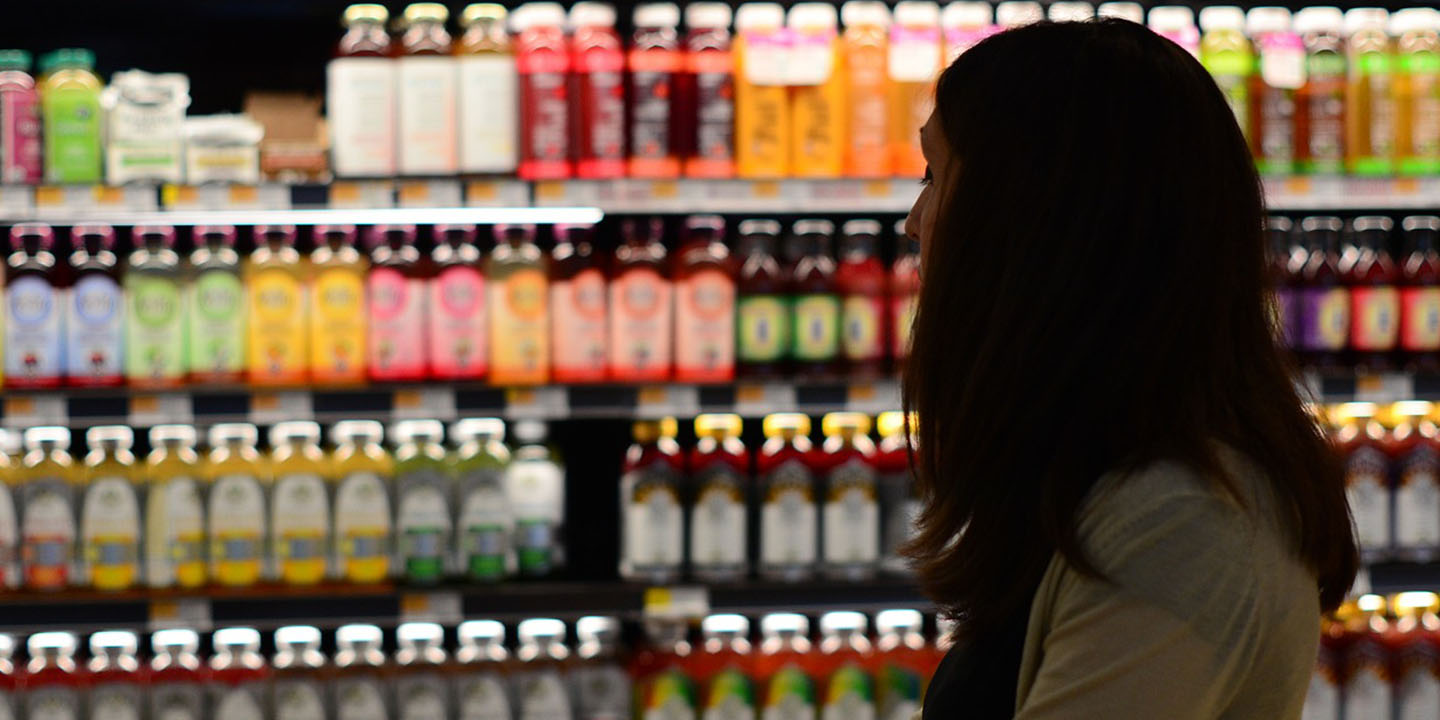
The 5 Most Consumed Foods in the Entire World
